Brownies can turn out too fudgy if there is too much liquid in the batter giving them a higher fat to flour ratio. Adding too much butter, melted chocolate or milk to the mix can make them extra fudgy. Adding too much sugar can also cause the brownies to become fudgy. Overmixing the batter can also cause an cause the gluten in the flour to develop and create a chewy, fudgy texture.
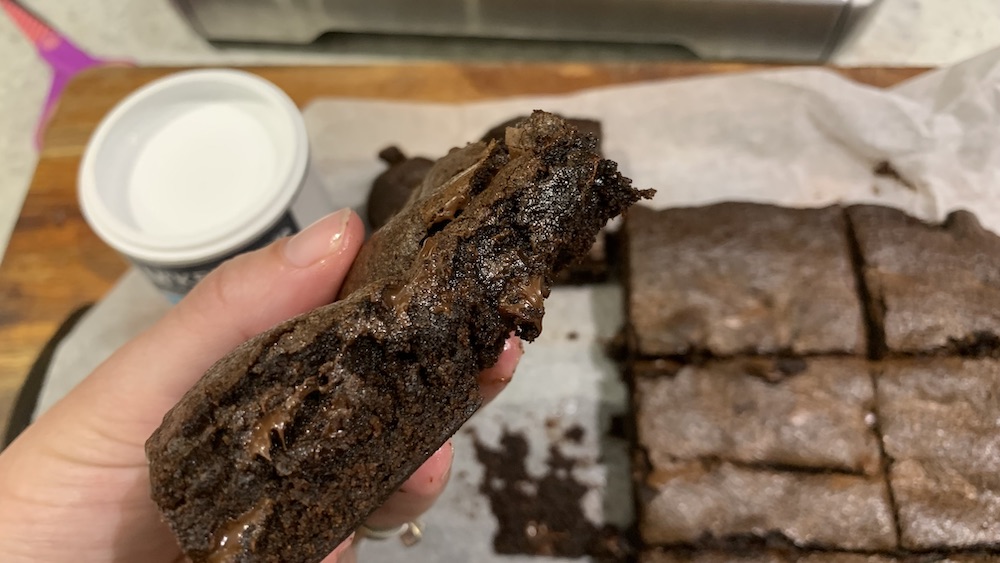
The best way to avoid making your brownies too fudgy is to measure your ingredients with kitchen scales. Avoid adding too much fat and sugar and bake until the brownies are cooked until a skewer comes out with crumbs on it.
This article will explore the top reasons why your brownies come out too fudgy and how you can fix each one.
Ingredients that Make Brownies Too Fudgy
When it comes to baking brownies, the ingredients play a crucial role in determining the final texture and consistency of the dessert. Here are some of the main ingredients and how they can affect the fudginess of your brownies.
Flour
The type of flour you use can have a significant impact on the texture of your brownies. Using too much flour can result in dry and cakey brownies, while using too little can make them too fudgy or even undercooked. It’s important to measure your flour accurately and use the recommended amount in the recipe.
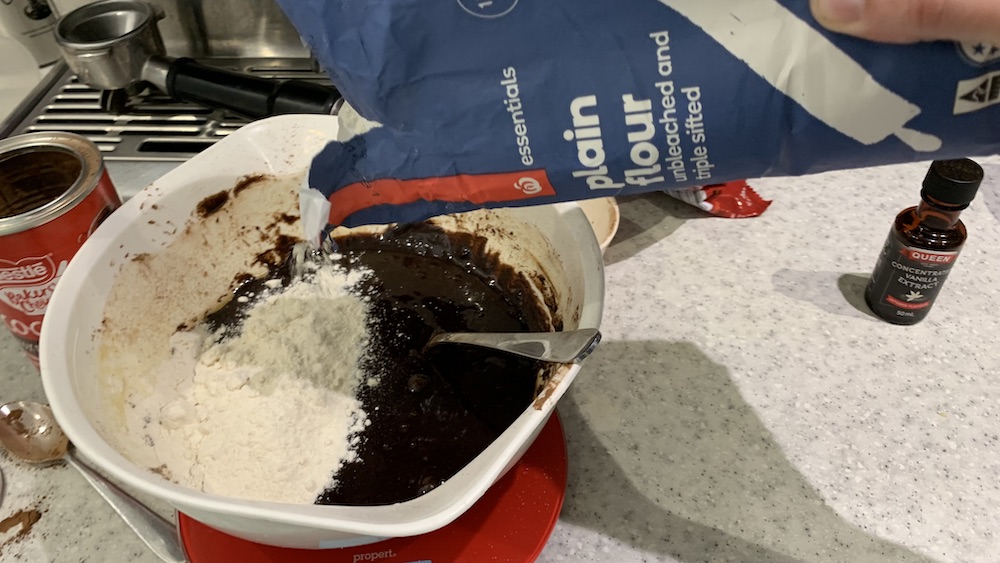
Sugar
Sugar not only adds sweetness to your brownies but also helps to create a fudgy texture. However, using too much sugar can make your brownies overly sweet and sticky. t’s important to follow the recipe and measure your sugar accurately.

Butter
Butter is a key ingredient in brownies, and it’s what gives them their rich and decadent flavor. Using too much butter can make your brownies greasy and heavy, while using too little can result in dry and crumbly brownies.
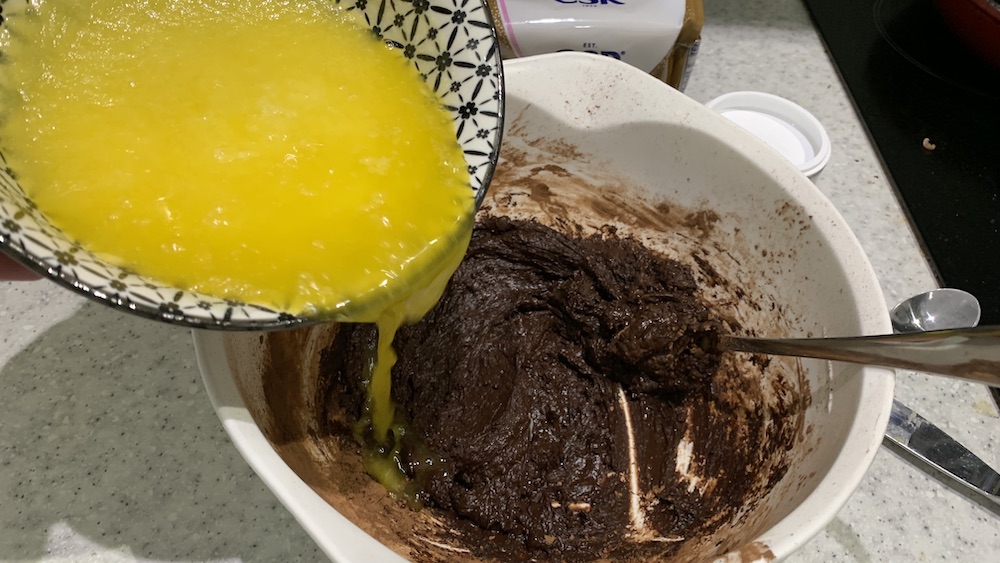
Eggs
Eggs play a crucial role in binding the ingredients together and creating a fudgy texture. Using too many eggs can make your brownies too dense and heavy, while using too few can result in dry and crumbly brownies. Using too many eggs or eggs that are too large can make the brownies too sticky and fudgy.
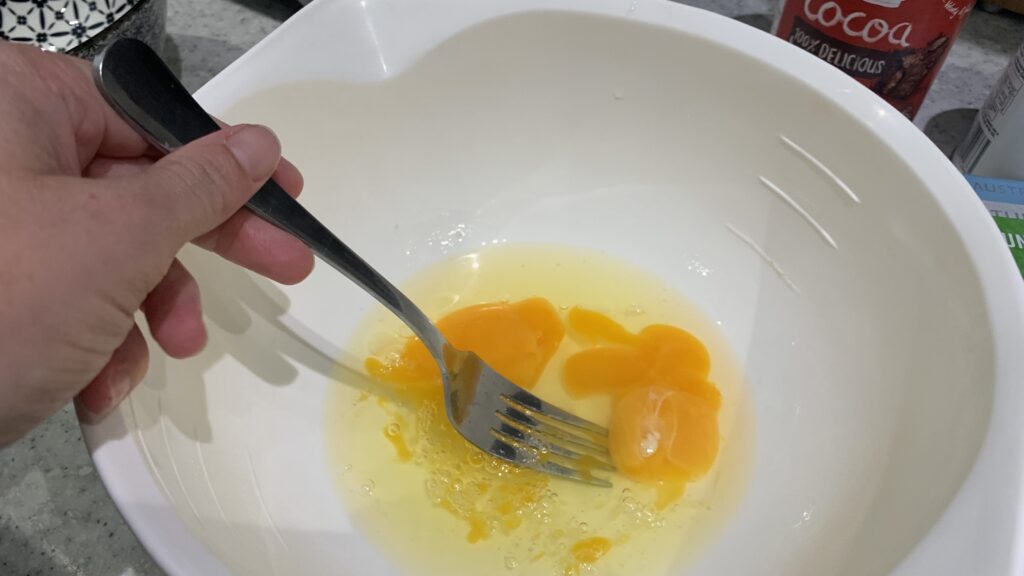
Baking Powder
Baking powder is a leavening agent that helps brownies rise and become fluffy. Not using enough baking powder can make the brownies too dense and fudgy. Make sure you add the right amount. You can also use self-raising flour that already has baking powder added.

Processes that Make Brownies too Fudgy
When it comes to baking brownies, the baking process is just as important as the ingredients used. Here are some key factors to consider when baking brownies to avoid making them too fudgy.
Mixing the Ingredients
When mixing the ingredients, it’s important not to overmix the batter. Overmixing can develop the gluten in the flour making the brownies tough, chewy and too fudgy. After you have added any flour, mix the ingredients gently with a wooden or metal spoon until they have just combined.
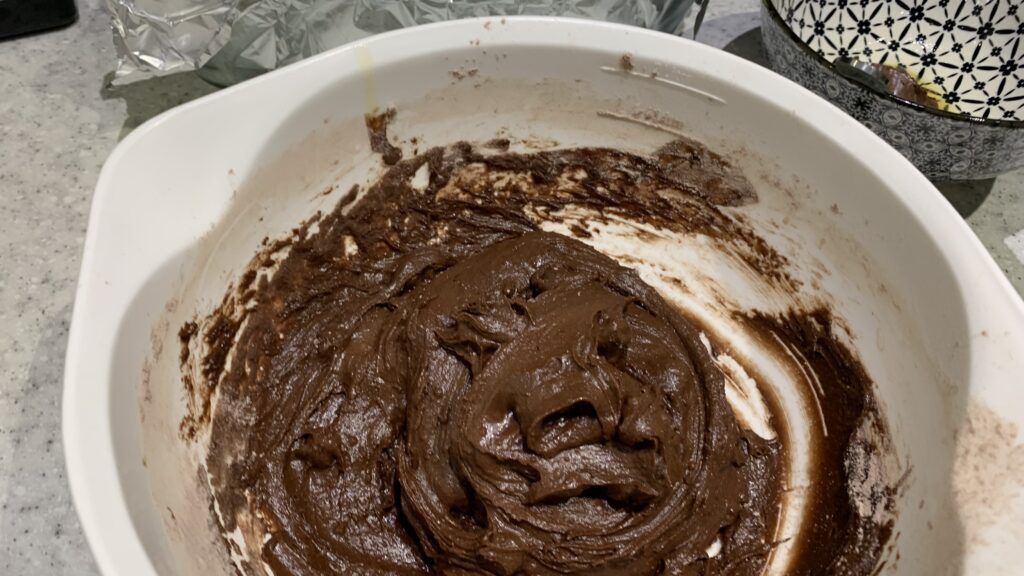
Baking Temperature and Time
The baking temperature and time can greatly affect the texture of your brownies. If the temperature is too high, the edges may become overcooked while the center remains undercooked. If the temperature is too low, the brownies may be too fudgy or gooey.
It’s important to follow the recipe’s instructions for baking temperature and time. However, if you find that your brownies are consistently too fudgy, try increasing the temperature by 25°F and reducing the baking time by a few minutes.
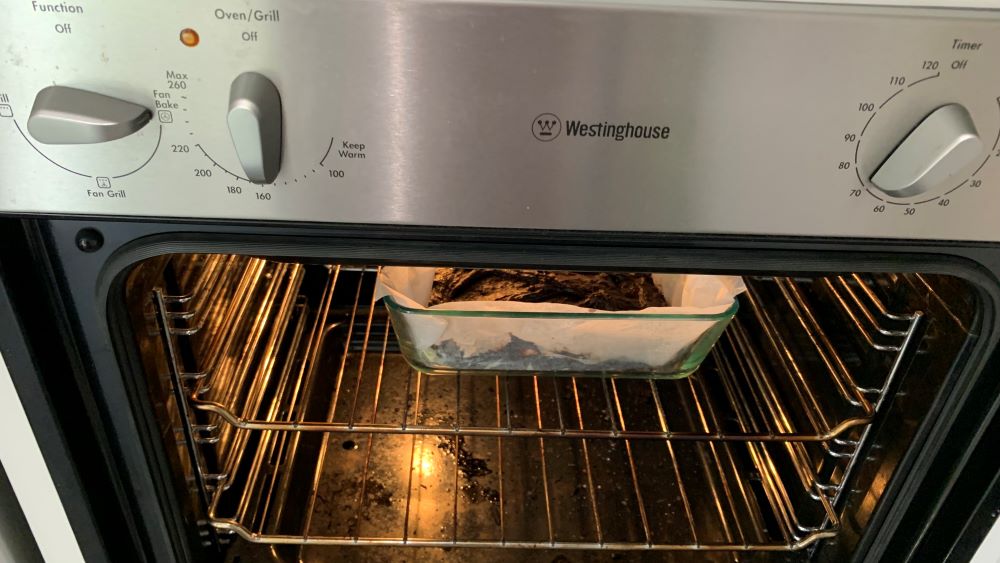
Pan Size and Shape
The size and shape of the pan used can also affect the texture of your brownies. Using a pan that is too small can result in brownies that are too thick, undercooked and fudgy in the center. Using a pan that is too large can result in brownies that are too thin and overcooked.
It’s best to use a pan that is the size and shape recommended in the recipe. If you don’t have the recommended pan, you can use a similar size and shape, but keep in mind that the baking time may need to be adjusted.
By paying attention to these key factors in the baking process, you can achieve perfectly fudgy brownies every time.
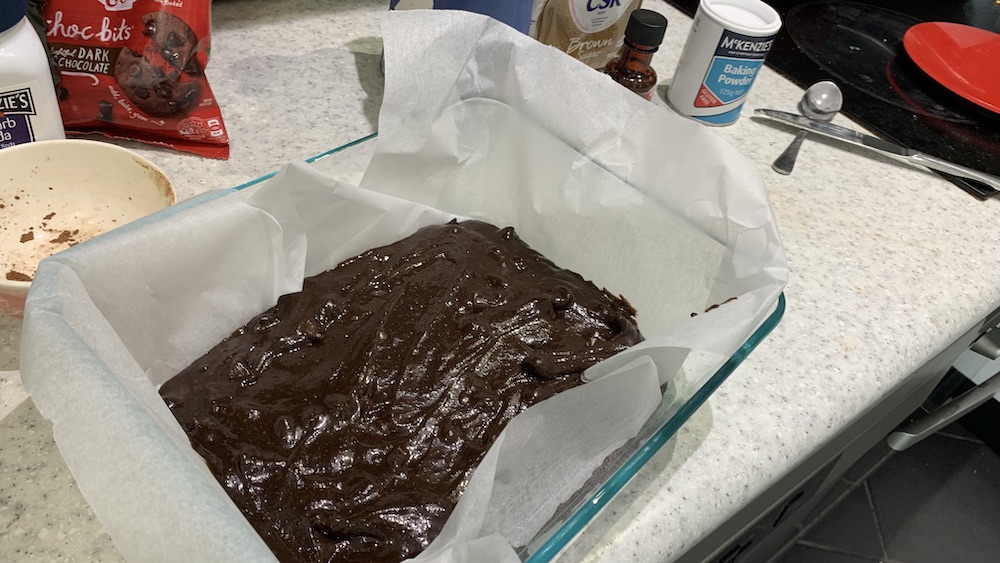
How to Fix Brownie Problems
If your brownies are too fudgy, dry, cakey, or burnt, don’t worry! There are ways to fix them and get the perfect brownies. Here are some common issues and how to troubleshoot them:
Brownies are too Fudgy
If your brownies are too fudgy, it could be due to the following reasons:
- Too much fat: Try reducing the amount of butter or oil in your recipe.
- Not enough flour: Add a bit more flour to your recipe to balance out the moisture.
- Underbaking: Make sure to bake your brownies for the recommended time, and use a toothpick to check if they are fully cooked.
Brownies are too Dry
If your brownies are too dry, it could be due to the following reasons:
- Overbaking: Check your brownies a few minutes before the recommended time to avoid overbaking.
- Not enough fat: Add a bit more butter or oil to your recipe.
- Not enough liquid: Make sure to include enough liquid ingredients, such as eggs or milk.

Brownies are Too Cakey
If your brownies are too cakey, it could be due to the following reasons:
- Too much flour: Try reducing the amount of flour in your recipe.
- Too little fat: Add a bit more butter or oil to your recipe.
- Overmixing: Mix your ingredients until just combined to avoid overmixing.
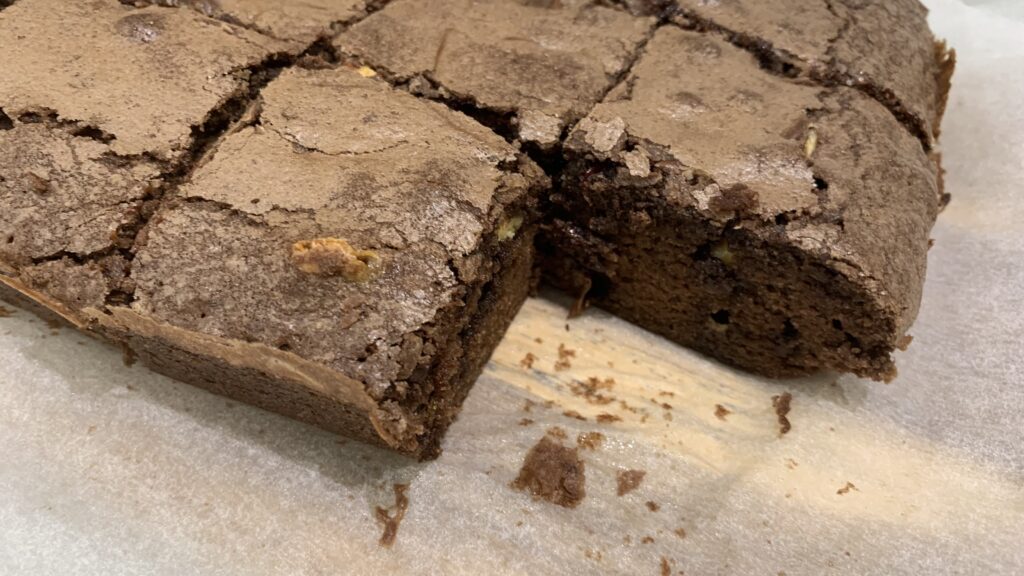
Brownies are Burnt
If your brownies are burnt, it could be due to the following reasons:
- Oven temperature too high: Check your oven temperature and adjust it accordingly.
- Baking time too long: Check your brownies a few minutes before the recommended time to avoid overbaking.
- Dark pan: If you are using a dark pan, reduce the oven temperature by 25 degrees Fahrenheit.
Why Your Brownies Are Too Fudgy | Summary
Brownies will become too fudgy if you add too much fat, liquid, sugar or if they are undercooked. Weigh out your ingredients with kitchen scales to get the right ratio, bake them in a pan that fits the size of your recipe and check them with a skewer to make sure they are cooked.
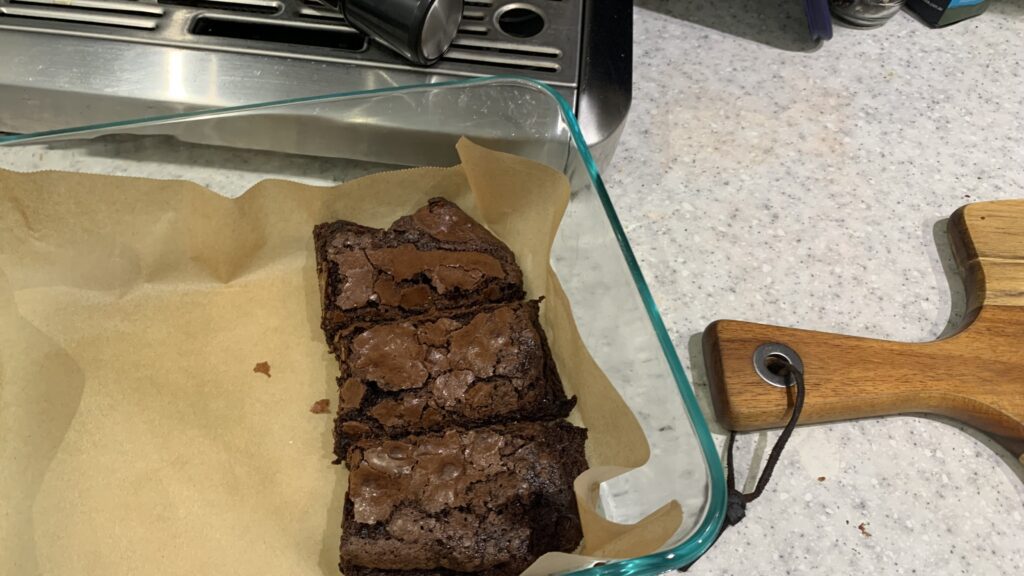
This will give you a nice chewy browny without it becoming too fudgy.
Happy cooking.
Frequently Asked Questions
Why are my brownies still runny in the middle?
If your brownies are still runny in the middle, it could be because they are undercooked. Make sure to follow the baking time and temperature specified in your recipe. You can also use a toothpick to check the doneness of your brownies. Insert a toothpick into the center of the brownies, and if it comes out clean, your brownies are done.
What does undercooked brownies look like?
Undercooked brownies may look shiny and wet in the middle, and the edges may be firm and fully cooked. They may also be more dense and fudgy than usual. If you suspect your brownies are undercooked, use a toothpick to check their doneness.
How long to microwave undercooked brownies?
Microwaving undercooked brownies is not recommended, as it can result in uneven cooking and a rubbery texture. It is best to finish cooking your brownies in the oven, checking them every few minutes until they are fully cooked.
Why are my brownies cakey?
If your brownies are cakey, it could be because you used too much flour or leavening agents like baking powder or baking soda. Make sure to measure your ingredients accurately and follow the recipe. Overmixing your batter can also result in cakey brownies.
Why are my brownies burnt on edges raw in middle?
If your brownies are burnt on the edges but raw in the middle, it could be because your oven temperature is too high. Use an oven thermometer to ensure that your oven is at the correct temperature. You can also try covering the edges of your brownies with foil to prevent them from burning while the middle cooks.
What’s the difference between fudgy and chewy brownies?
Fudgy brownies are dense and moist, with a rich chocolate flavor. They have a slightly gooey texture and may stick to your teeth. Chewy brownies, on the other hand, are more cake-like in texture and have a slightly crispy exterior. They are still moist, but not as dense as fudgy brownies. The difference in texture is often due to the ratio of ingredients like butter, chocolate, and flour.
I am an accredited practicing dietitian, experienced gardener and a dedicated cook. I love writing and sharing my experience so you can learn from my successes and mistakes.
